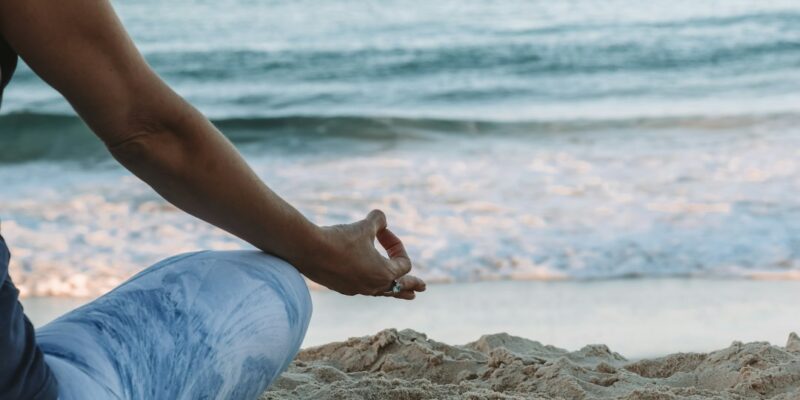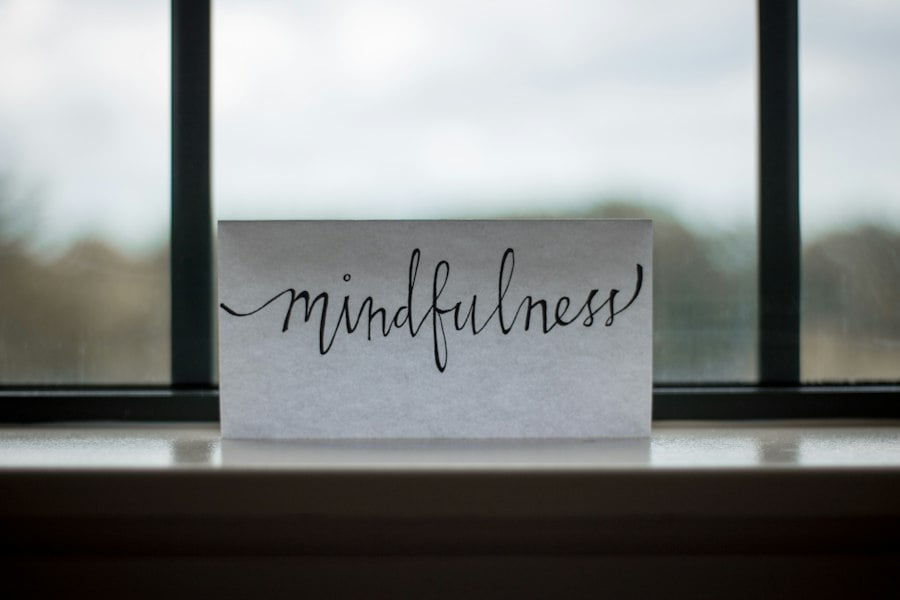
Get Strong and Flexible: Discover the Most Popular Yoga Poses for Building Strength and Flexibility
Yoga has become increasingly popular in recent years, and for good reason. This ancient practice offers numerous benefits for both physical and mental health. One of the key benefits of yoga is its ability to build strength and flexibility in the body. In this blog post, we will explore the basics of yoga and highlight some of the best yoga poses for building strength and flexibility.
Key Takeaways
- Yoga can help build strength and flexibility in the body.
- Understanding the basics of yoga is important for a strong foundation.
- Sun salutations, warrior poses, and planks are great for building strength.
- Forward folds, hip openers, and garland pose are great for building flexibility.
- Tree pose, half moon pose, and chair pose are great for balance and stability.
The Foundation: Understanding the Basics of Yoga
Yoga is a practice that originated in ancient India and has been around for thousands of years. The practice involves a series of poses, or asanas, that are designed to stretch and strengthen the body. In addition to the physical benefits, yoga also promotes relaxation, stress relief, and mental clarity.
Yoga Poses for Building Strength: Sun Salutations, Warrior Poses, and More
Sun salutations are a series of poses that are often used as a warm-up for a yoga practice. They involve flowing movements that engage the entire body and build strength in the arms, legs, and core. Warrior poses, such as Warrior I and Warrior II, are great for building strength in the legs and core. These poses require balance and stability while engaging the muscles in the lower body.
Other poses that are effective for building strength include Crow Pose, Dolphin Pose, and Side Plank. Crow Pose is an arm balance pose that requires upper body strength and core stability. Dolphin Pose is a variation of Downward Dog that strengthens the arms, shoulders, and core. Side Plank is a challenging pose that targets the obliques and strengthens the entire core.
Yoga Poses for Building Flexibility: Forward Folds, Hip Openers, and More
| Yoga Pose | Description | Benefits |
|---|---|---|
| Forward Fold | Standing with feet hip-width apart, hinge forward at the hips and reach for your toes. | Stretches hamstrings, calves, and lower back. Calms the mind and reduces stress. |
| Downward-Facing Dog | Start on all fours, lift hips up and back, straightening arms and legs into an inverted V-shape. | Stretches hamstrings, calves, and spine. Strengthens arms and shoulders. Improves digestion and relieves headaches. |
| Pigeon Pose | From downward-facing dog, bring right knee forward and place it behind right wrist. Extend left leg behind you and lower hips to the ground. | Stretches hip flexors, glutes, and lower back. Increases hip mobility and can alleviate sciatic pain. |
| Butterfly Pose | Sit with soles of feet together and knees bent out to the sides. Gently press down on knees to deepen the stretch. | Stretches inner thighs and groin. Can improve flexibility in hips and knees. Relieves menstrual discomfort. |
| Seated Forward Fold | Sit with legs extended in front of you, hinge forward at the hips and reach for your toes. | Stretches hamstrings, calves, and lower back. Can improve digestion and relieve anxiety. |
Flexibility is another important aspect of physical fitness that can be improved through yoga. Forward folds, such as Standing Forward Bend and Seated Forward Fold, are great for stretching the hamstrings and lower back. These poses also help to release tension in the neck and shoulders.
Hip openers, such as Pigeon Pose and Butterfly Pose, can help to increase flexibility in the hips and lower back. Pigeon Pose is a deep stretch that targets the hip flexors and glutes. Butterfly Pose is a seated pose that stretches the inner thighs and groin.
Other poses that are effective for building flexibility include Cobra Pose, Upward-Facing Dog, and Camel Pose. Cobra Pose and Upward-Facing Dog both stretch the chest, shoulders, and abdomen while strengthening the back muscles. Camel Pose is a deep backbend that stretches the entire front of the body.
Yoga Poses for Core Strength: Planks, Boat Pose, and More
A strong core is essential for overall strength and stability. Planks are a great way to build core strength and stability. They can be done in various variations, such as forearm plank or side plank, to target different muscles in the core.
Boat Pose is another effective pose for building core strength. This pose requires balance and engages the muscles in the abdomen, hips, and lower back. Other poses that can help to strengthen the core include Side Plank, Dolphin Plank, and Bird Dog Pose.
Yoga Poses for Upper Body Strength: Downward Dog, Chaturanga, and More

Yoga is not just about stretching and flexibility; it can also be a great way to build upper body strength. Downward Dog is a great pose for building strength in the arms and shoulders. This pose also stretches the hamstrings and calves.
Chaturanga, or Four-Limbed Staff Pose, is another effective pose for building upper body strength. This pose requires strength in the arms, shoulders, and core. Other poses that can help to strengthen the upper body include Upward-Facing Dog, Crow Pose, and Handstand.
Yoga Poses for Lower Body Strength: Chair Pose, Garland Pose, and More
Building strength in the lower body is important for overall fitness and functionality. Chair Pose is a great way to build strength in the legs and glutes. This pose requires balance and engages the muscles in the thighs, calves, and glutes.
Garland Pose, or Malasana, is another effective pose for building lower body strength. This pose targets the muscles in the hips, thighs, and ankles. Other poses that can help to strengthen the lower body include Warrior I, Warrior II, and Triangle Pose.
Yoga Poses for Balance and Stability: Tree Pose, Half Moon Pose, and More
Balance and stability are important for everyday activities as well as sports and other physical activities. Yoga can help to improve balance and stability through various poses. Tree Pose is a great way to improve balance and stability. This pose requires focus and engages the muscles in the standing leg.
Half Moon Pose is another effective pose for building balance and stability. This pose requires strength in the legs and core while challenging balance. Other poses that can help to improve balance and stability include Eagle Pose, Warrior III, and Dancer Pose.
Combining Yoga with Other Forms of Exercise for Maximum Results
While yoga is a great form of exercise on its own, it can also be combined with other forms of exercise for maximum results. For example, combining yoga with strength training or cardio can help to improve overall fitness and health. Strength training exercises such as squats, lunges, and push-ups can be incorporated into a yoga practice to further build strength.
Cardio exercises such as running or cycling can be done before or after a yoga practice to increase cardiovascular fitness. By combining different forms of exercise, you can target different muscle groups and improve overall fitness levels.
Incorporating Yoga into Your Fitness Routine for Long-Term Health and Wellness
In conclusion, yoga is a versatile and effective form of exercise that offers numerous benefits for both physical and mental health. By incorporating yoga into your fitness routine, you can improve strength, flexibility, balance, and overall health and wellness. Whether you are a beginner or an experienced yogi, there are poses and sequences that can challenge and benefit your body. So roll out your mat and start reaping the benefits of yoga today!
FAQs
What are some popular yoga poses for strength and flexibility?
Some popular yoga poses for strength and flexibility include downward-facing dog, warrior II, triangle pose, plank pose, and bridge pose.
What are the benefits of practicing yoga for strength and flexibility?
Practicing yoga for strength and flexibility can help improve posture, increase muscle tone and endurance, reduce stress and anxiety, and improve overall physical and mental well-being.
Can beginners practice these yoga poses?
Yes, beginners can practice these yoga poses, but it is important to start slowly and listen to your body. It is also recommended to take a beginner’s yoga class or work with a certified yoga instructor to ensure proper alignment and technique.
How often should I practice these yoga poses?
It is recommended to practice yoga for strength and flexibility at least 2-3 times per week to see noticeable improvements in flexibility and strength.
What equipment do I need to practice these yoga poses?
You do not need any special equipment to practice these yoga poses, but a yoga mat can provide cushioning and grip. It is also recommended to wear comfortable, stretchy clothing that allows for a full range of motion.
















